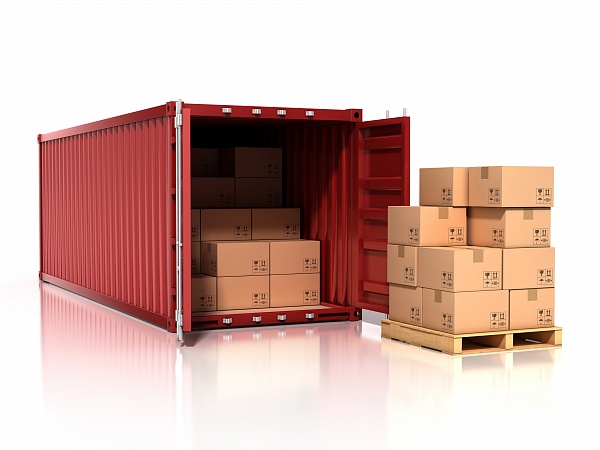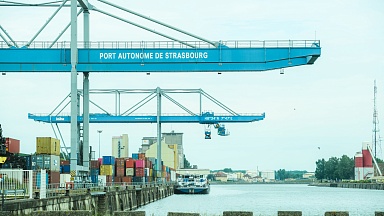Ever since the Coronavirus raged across the world early this year, many countries have since slowly opened up their societies and economies again. This also means that the trade has gotten a much-needed push forward.
Especially trade lanes between Asia and the US as well as Asia-Europe have in the past months led to many containers to, once again, being moved across continents. But the rising import is also now a part of the reason why we are seeing a drop in the container availability across Asia in the Container Availability Index (CAx). And that before an expected peak shipping season.
In the Container Availability Index, you can see a forecast of the container availability at most of the biggest ports around the world. When the values in CAx are above 0.5 it indicates that there is a surplus of equipment. Below 0.5 it indicates there is a deficit of containers.
If we have a look at the availability at the Port of Kelang, Malaysia, we will see, that the availability of 20DC containers has seen an abrupt drop since week 36. Going from a value of 0.47 to 0.21 two weeks later in week 38.
At the same time, the availability of 40-foot containers has been steadily decreasing and for past weeks had a value of around 0.08. However, the availability of 40 high cubes is rapidly increasing with a value of 0.76 in week 38 — above the threshold of 0.5, indicating a surplus of this container type.
Lower availability ahead
If we travel to the Port of Shanghai, China, we see a similar pattern. Where the 20DCs are reaching a low availability with a similar drop after week 36. Landing at a value of 0.36 in week 38. However, the availability of 40DCs is rapidly increasing and has reached a much higher level compared to the same time last year.
Just as with the containers in the Port of Kelang, the availability of 20DCs is set to continue to decrease at the port of Shanghai in the upcoming weeks, according to the Container Availability Index (CAx). In Shanghai, the value of 20DCs availability is set to decrease to 0.27 in week 39, where it at the Port of Kelang is set to fall to 0.12 in the same week. The low level of 40DCs in Port of Kelang will also continue to be low in week 39 with a value of 0.08.
The low level of container availabilities can in big parts be explained because of the surge of demand for cargo from the US and Europe in the last months. Now, many carriers are having trouble repositioning the empty containers back to Asia, JOC reports. Explaining that for instance import warehouses in Southern California are jammed. Something that delays the unloading of containers. And by extension, the container repositioning.
The lower availability of containers across Asia has caused concern in the industry with the upcoming peak season that is expected. Meaning an increased need for containers in Asia to be able to keep up with an increasing demand for cargo and goods shipped from the region.
Container xChange’s Container Availability Index (CAx) takes millions of data points from transactions on xChange and tracking data that is globally available. All these data are considered and part of the forecasts of the availability of equipment for most of the biggest port locations.
Click on a banner below and check the container availability in the biggest ports.




